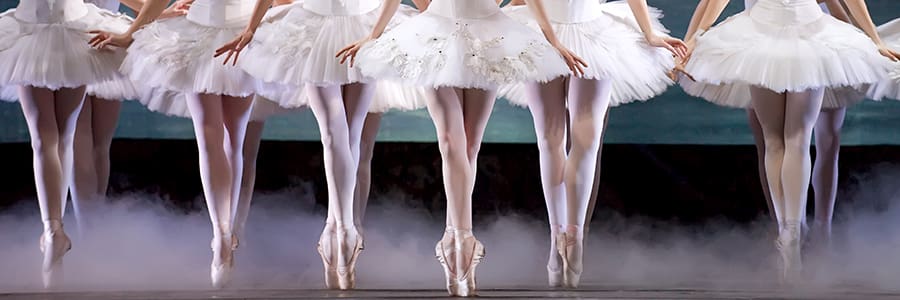This site lies on the shores of the Volga River, south of its confluence with the River Kama, and south of the capital of Tatarstan, Kazan. The site has evidence of the medieval city of Bolgar, an early settlement of the civilization of Volga-Bolgars, which existed from the 7th to the 15th centuries, and was the first capital of the Golden Horde in the 13th century. Bolgar represents the historical cultural exchanges and transformations of Eurasia over several centuries that played a pivotal role in the formation of civilizations, customs and cultural traditions. The Bolgar Historical and Archaeological Complex also lies on the portion of the Volga River south of Moscow and is reachable by only certain river cruise itineraries.


